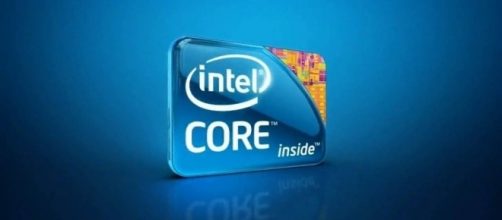Last week, there were reports that Intel will come up with at least five (5) 8th generation processors based on Coffee Lake-S architecture. The existence of these four processors was already verified. There are two (2) Core i7 processors (8700K and 8700) both with 6-core/12-thread processes, and two (2) Core i5 (8600K and 8400) CPUs with 6-core/6-thread processes.
And after getting additional confirmation from different sources, the identity of the fifth processor has been confirmed, Core i3-8300. But the bigger news is not just the verification of its existence; rather, this processor will be the first i3 to have a 4-core/8-thread process!
The first 4-core/8-thread Core i3
Last April, AMD came up with two Ryzen 5 4-core/8-thread processors targeting the mainstream market: 1500X (US$189) and 1400 (US$169). By the end of July, AMD unveiled its entry-level Ryzen 3 CPUs with 4-core/4-thread processes, namely: 1300X (US$129) and 1200 (US$109).
This move by AMD breaks the barrier of cheap quad-core processors, eliminating the competition against Intel’s entry level dual-core processors. This might also be the reason, as many tech analysts believe, why Intel decided to come up with its first Core i3 quad-core processor.
Prior to this development, Intel processors are classified based on the market. i3 targets entry-level, i5 processors are for the mainstream, while i7 targets business and high-end consumer markets -- for both desktop and laptop computers.
Since its inception, i3 processors were dual cores (2 physical and 4 logical cores) with hyperthreading feature enabled. With the upcoming i3 based on Coffee Lake-S architecture, this 2-core/4-thread tradition will be broken, finally.
Specifications: i3 vs. i5
Another best thing about Coffee Lake-S architecture is that it also bumps up the i5’s physical core count to six, also the first i5 CPU to do so. This would be the first difference between i5 and i3, though the lower 8400 will have the same 65W TDP like that of the 8300 CPU. Meanwhile, the 8600K will have a 95W TDP.
While the i3-8300 will have a base clock of 4.0GHz (still unconfirmed boost clock), it doesn’t have the Turbo Boost technology of i5 processors.
Thus, while i5-8400 has 2.8 a Hz base clock, it reaches 4.0GHz max boost and 3.8GHz on Turbo Boost 3.0 (6-core). i5-8600K is a monster with 3.6GHz base clock reaching 4.3GHz max boost and 4.1GHz on Turbo Boost 3.0 (6-core).
With these great specifications of Intel, AMD will surely have stiff competition. The only thing standing between the two is the price as Intel has yet to formally introduce its lineup along with its pricing. We’ll bring you more information as details become available.


